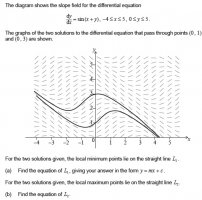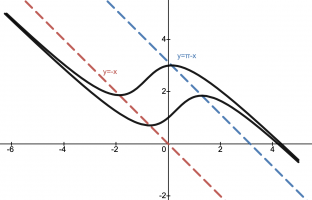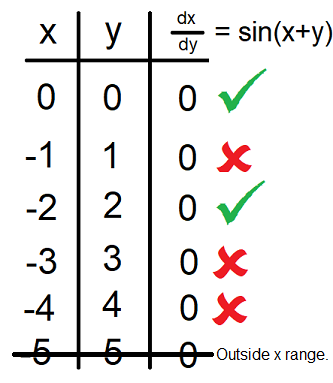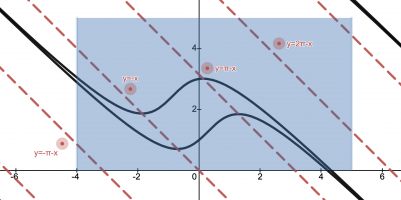
Hello,
Can anybody explain the meaning of the question? I have sound knowledge in derivative and integral but fairly new to this slope field topic
my answer key says for (a) the answer is y=-x and for (b) the answer is y=-x+pi
I need guidance on how to reach those answers. What should i be looking at.
Cheers






